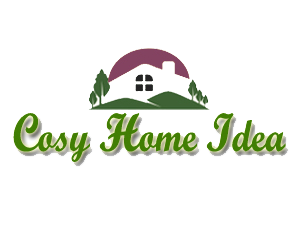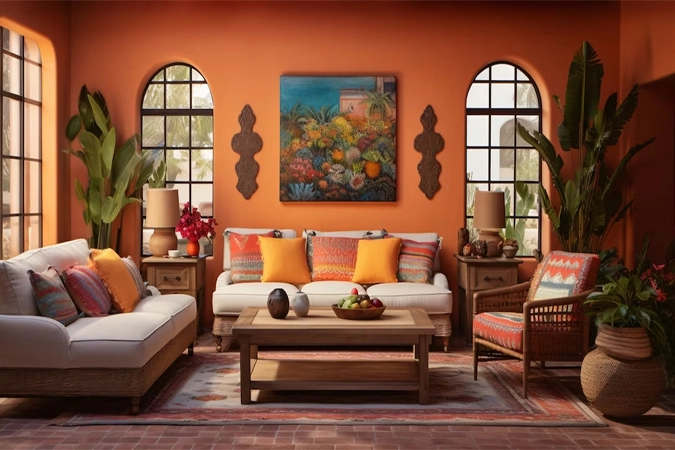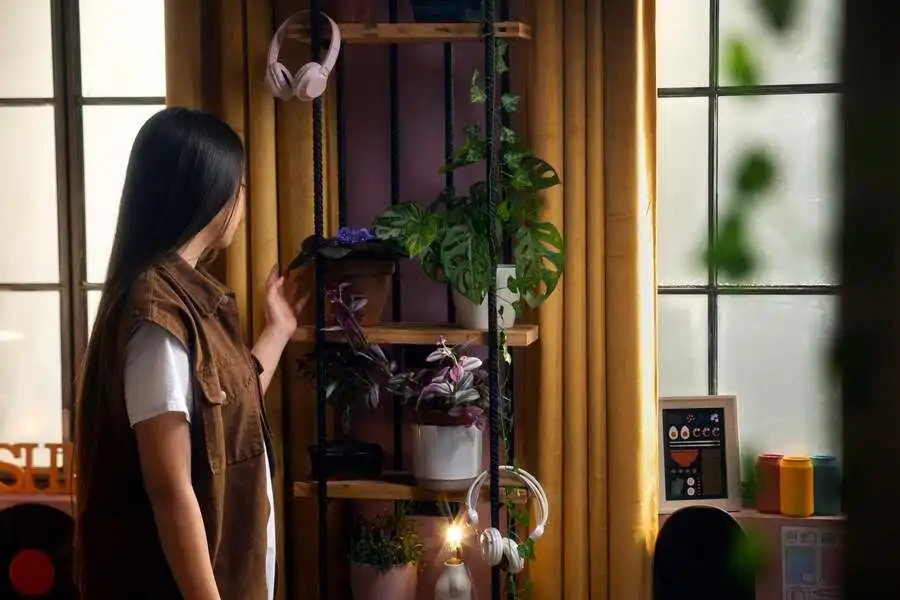Modern home interior Design are marked by an emphasis on simplicity, clear lines, and the use of minimalism as an integral part of them.
Frequently, we encounter spaces like this: they are open, large windows are used to create maximum natural illumination, and the decor is often updated with new types of materials such as glass, steel, and cement. Today, homes tend to be designed with efficiency and comfort in mind, and they are compliant with contemporary styles that match the homeowner’s needs and tastes.
Factors Contributing to the Modern Home Interior:
Discover the key factors contributing to the allure of modern home interior! Redefine comfort and style with sleek, minimalist designs and smart home technology. Bring in natural light and sustainable materials while embracing multifunctionality within your spaces. Don’t skip adding a little personality with bold color schemes and unique textures. Innovate clutter less living with smart storage solutions. Keep up with the trends and let your abode show off your soul and personal taste.
1. Contemporary Lifestyles:
The design of modern home interior meets the living standards and daily routines of today’s accommodation. Streamlined workflow, multi-purpose rooms, and spaces that are suitable for modern lifestyle, rather than adding to the incapacitated homeowners, are much preferred these days.
2. Urbanization:
More and more people are opting for city life, which has a corresponding need for urban planning to provide smarter and more compact living spaces in the city. The most common type of houses, both with regard to space optimization and functionality, fit well with art deco interior design and modern home interior design in densely populated areas where space is scarce and property prices are very high.
3. Sustainability:
By creating enhanced awareness about the issue, such promotion will foster a conclusive lifestyle to overcome environmental problems. Eco-friendly features of a trendy home have routinely made use of sustainable appliances, solar panels, passive heating and cooling systems, and green building materials in their construction. Sustainability is a focal point in modern architecture and usually aligns well with the values of householders and their demand for small home interior design and interior design for modern homes.
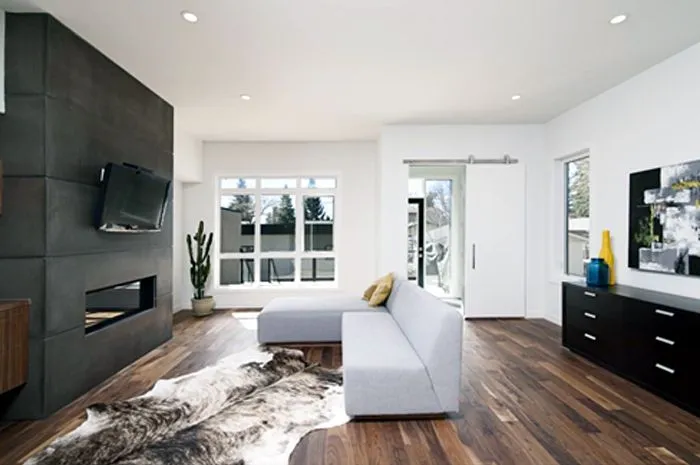
4. Technological Advancements:
Recent developments in technology have concentrated on including intelligent home functions in modern household designs. Intelligent home automation systems, advanced kitchen appliances, and energy-saving solutions streamline home routine, bring comfort to living, and help consumers to save money on paying the utility bills, which is an additional point for technology-minded homeowners, especially those interested in luxury modern homes in Houston and California modern homes interior.
5. Aesthetics:
The new age homes with silk and modular design have the ability to give appeal to everyone on a wide range. Clear lines, open areas, and the use of clean uncluttered design concepts allow for creating visually appealing interiors that are light, have a slight touch of history, and feel artistically refined, making them perfect examples of contemporary modern homes. Additionally, these design elements are often found in beautiful small modern homes, which maximize space without sacrificing style.
6. Customization:
There is a high degree of personalization in contemporary home design, which allows homeowners to choose style, preference, and a place to rest that satisfy their needs. Modern home interior design can be tailored to either a standardized style or a personalized touch, with great attention to details such as floor plans, finishes, fixtures, and furnishings. This flexibility is often seen in luxury modern homes, where every element is chosen to reflect the homeowner’s unique taste and lifestyle.
What is an Modern Home Interior Design Trend?

A trend in interior design is a form of art that covers a broad spectrum such as fashion, color, pattern, style, and theme which appears at the same time and becomes popular in the market within a certain time frame. Such styles may sometimes relate to just a single, specific aspect of interior design, while in other instances, the trend can cover a complete apartment’s décor. This is often seen in contemporary interior design, where each element is carefully chosen to create a cohesive look. Additionally, modern home interior trends frequently encompass entire homes, ensuring that every room reflects the latest in design aesthetics.
The trends in interior design can derive from so many sources: improvements in technology, cultural shifts and socioeconomic factors being the most apparent, environmental concerns as a growing problem and individual tastes and preferences.
Unlike what is fixed or permanent that is the case with interior design trends; instead, these trends are being displaced with new concepts and fashion as time progresses. The styles of clothing, manners of building houses, creation of crafts, media, and technology are the listed sources.
Some patterns may come and disappear within a short period of time, while other trends may live for a decade or more. They may evolve or remain the same, becoming timeless classics. Tendencies in interior design are the key factors that affect the appearance and functionality of space, serving as an influencer and a guide for the homeowners, designers, and other industry players. For example, modern home interior trends can significantly impact the overall design approach, while art deco interior design often becomes a timeless classic that continues to inspire. Fashion does not only follow fads within pop culture or television, it also reveals diverse factors such as lifestyle and social trends which can be very complicated at times.
Latest Design Tips for Modern Home Interior:
I. Sustainability:
Sustainable interior design mainly utilizes practices such as using materials that emit minimal toxic fumes and have a low impact on the environment. This comprises harnessing natural resources (including solar and wind power), bringing down waste material through recycling and upcycling, as well as purchasing goods that have low VOC (volatile organic compound) emissions. Interior Design Inspirations often include features such as reclaimed woods, bamboos or corks, and recycled metals that forge an intuitive connection with nature to create that organically natural appearance so characteristic of modern interiors. These sustainable practices again work in tandem with the change that happened in interior design recently—focusing on the aesthetic and the environment.
II. Biophilic Design:
The biophilic design technique attempts to bring elements of nature into indoor spaces to enhance human wellness and strengthen the bond between the inhabitants and the environment. To achieve this end, designers develop both indoor and outdoor features such as living walls, plants, natural light, water features, wood, and rocks. This approach is often integrated into modern home interior designs to create a soothing and aesthetically pleasing environment. This can be further associated with a biophilic design philosophy: atmosphere created in such a way as to reduce stress, enhance productivity, and improve the quality of life. One can find this very notion gearing significantly in terms of providing that association of elements of nature for increased living experiences to yet another level altogether in luxury modern homes.
III. Multifunctional Spaces:
The world is shifting to small homes right now, where modern home interior solutions like suitable multifunctional furniture are becoming increasingly urgent. A furniture collection that comprises multi-purpose components, including sofa beds, storage ottomans, and foldable tables, is able to transform a room into various areas for exercising, relaxation, and working at different times of the day. Such flexibility is of much importance, particularly in city areas, where there is limitation in space. These solutions are often seen in contemporary modern homes, where maximizing functionality without compromising on style is key.
IV. Minimalism with Warmth:
Minimalism means that it should be simple, without decorative elements, with an emphasis on functional efficiency. In the realm of contemporary interior design, minimalist spaces are softened with warm tones, natural materials, and comfortable textures to create an inviting and comfortable atmosphere. This approach is influenced by art deco interior design principles, where the simplicity of form is complemented by luxurious materials and subtle embellishments. It is a well-thought-out philosophy that preserves the basic features of minimalism, while also outlining a way of creating a warm and personal space.
V. Bold Colors and Patterns:
Though it is the case that minimalism is still well-received, there arises a trend of including character and interest in interiors by mixing vibrant colors and patterns. Strategic color combinations are often used for statement walls, and strong graphic wallpapers, as well as colored upholstery, are all employed to actively prop up a room and generate vitality within the space. This development allows homeowners in luxury modern homes, including those in luxury modern homes Houston, to showcase their subtlest nuances and sympathize with avant-garde aesthetic, drawing inspiration from art deco interior design principles.
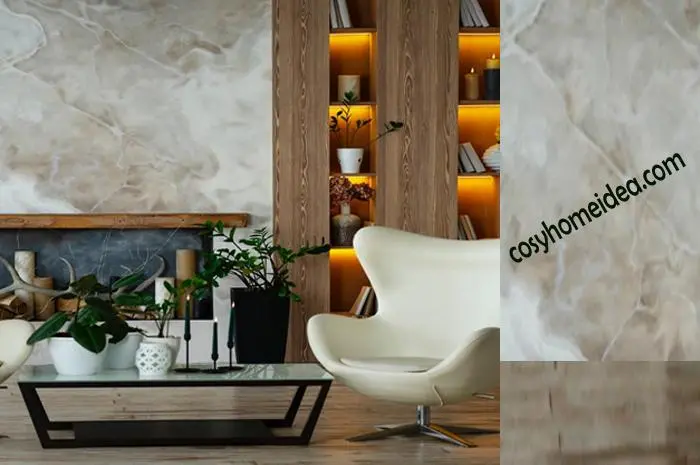
VI. Smart Home Technology:
Smart home technology incorporates electronics and high-tech systems used to automate different activities and control the home environment, such as lighting, heating, security, entertainment, and appliances. In cutting-edge modern home interior design fields, smart technology is directly incorporated to enhance comfort, convenience, and energy savings. These amenities, found in beautiful small modern homes as well as larger residences, include smart thermostats, lighting systems, voice-activated assistants, and automated window treatments, which can be controlled directly either through smartphone apps or voice commands.
VII. Vintage and Retro Vibes:
Vintage and retro elements are making a comeback in modern interior design, adding character and nostalgia to contemporary spaces. Old stuff and recreated items are pulling people’s attention strongly and creating a new exciting atmosphere outstandingly. Retro furniture pieces of mid-century and kitchen appliances, alongside vintage lighting fixtures, hand-made signs, and antiques, contribute to getting a specific and very personal effect. A splash of art deco interior design and contemporary interior design into the modern interiors makes the place feel unique as well as fresh, creating a familiar atmosphere.
VIII. Texture Play:
It cannot be denied that texture is one of an interior designer’s crucial and captivating components through which he/she adds visual and tactile effects to spaces. In modern home interior design, texture becomes an integral component of the design, as it can be used in an imaginative way to make the design more profitable. The creativity that can be derived from combining different textures—think velvet, leather, brass, marble—is really what offers rich depth for a space that would not only be interesting and unique but also warm. Some possible ways to add texture to a space include upholstery, rugs, and textiles, and wall finishes and decorative accessories that will add dimensionality to a space as well.
IX. Open Floor Plans:
Open floor plans have become an indisputable fad in contemporary residential architectural style where there are no separating walls between the connected living area, rather they are joined by partition walls together. This kind of room set-up provides for quick movement from one point to another within the home, allows social interaction to take place, and thus provides a social environment. In living the modern lifestyles that accommodate many families, the open floor plan is very well suited to collective spaces that are used to house and walk together, especially in ultra modern home interior designs.
X. Personalized Spaces:
Personalization has reached a new level and is a leading trend in contemporary interior design. Nowadays, homeowners can create spaces that reflect and emphasize their personal tastes, preferences, and way of life. Personalization is granted to spaces through fabricated furniture and several other elements, which include unique art pieces, exclusive furnishings, and personalized accessories. By adding stuff that speaks to them, homeowners can create rooms and decorations that mean something to them, and that suit their interests.
Final Thoughts:

Modern home trends incorporate, in elaborate detail, efficient, sustainable, and aesthetic living spaces that answer the manifold needs and preferences of contemporary homebuyers. In particular, in modern home interior designs where innovative styles are concerned, the design community and its customers are globally enthusiastic. As you plan to envision how you will live in your houses after incorporating these latest home trends and designs, I suggest that you should get your hands on them as soon as possible.
